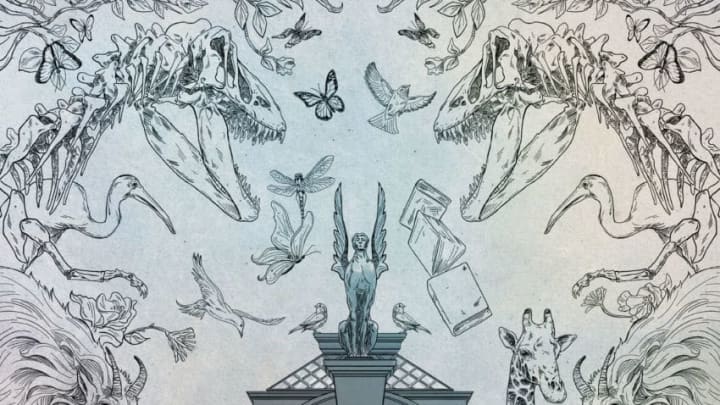A collection of wonders: Wonderstruck review

Switching between 1927 and 1977, Wonderstruck follows the story of two deaf pre-teens whose stories interconnect in New York City. Todd Haynes’ follow-up to the immaculately perfect Carol, is a testament to his strengths as a film director; tackling a children’s story but weighting it with such heart and sincerity it is very hard to come out of viewing the film without a smile.
More from Movies
- The story of a French emperor: Here’s where Napoleon will stream after theaters
- The Hunger Games: The Ballad of Songbirds and Snakes honors its origins and far surpasses them
- Thanksgiving movie death toll: Why [SPOILER] is still alive
- No, Thanksgiving is not streaming yet (But here’s where it’ll land)
- Trolls Band Together soundtrack guide: Which songs play in the movie?
Based on Brian Selznick’s children’s book of the same name (who adapted his own story for the screenplay), Wonderstruck has two separate stories which are shot in their own individual ways. The sequences that take place in 1927 are shot in black and white, with music helping to recall back to the Silent film era. Whilst in 1977, the orange hue recalls the era of The French Connection and Taxi Driver, a gritty urban New York.
Millicent Simmonds and Oakes Fogley are both fantastic. Oakes Fogley, we have seen before in the live action Pete’s Dragon, and here in Wonderstruck, we see him tackle the very emotionally challenging part of Ben, watching him search for his father. Millicent Simmonds as Rose is absolutely transfixing when she is on-screen. This is her first big screen role, and it was an incredibly smart choice for them to cast a deaf actress in her part. There is so much that she conveys just by the expressions on her face. I really believe she is one to look out for in the future.
Special mention to Julianne Moore who is vital, and typically brilliant. And the same goes to Michelle Williams, who, for having such a small role, leaves a big impression over the rest of the film. Her playing of David Bowie’s Space Oddity and her passing on of an Oscar Wilde quote hang over the rest of the narrative.
There are two tragic tales that are being told. But rather than letting the film dwell, letting Ben and Rose suffer, Haynes allows the film to grow around them. The use of the museum let’s them grow, and it let’s them become something more. To say anything more would be robbing the film of its pleasures.
Brian Selznick has tackled this kind of ‘recall’ before with his novel, The Invention of Hugo Cabret. This was then adapted into the 2011 Martin Scorsese feature, Hugo. There are many similarities between the two films, but where Scorsese was interested in showing the birth of cinema, Todd Haynes wants to capture the feeling of discovery and memories.
The soundtrack is perhaps the most important part of the film, seeing as the two leads are predominantly silent. Carter Burwell chooses his moments to help set the tone of particular moments, either aiding or amplifying what we are seeing on-screen. The 1927 sequences have Carter Burwell seamlessly harken back to that time period, and as anyone who has seen any silent cinema, the music is so spot on it would’ve come from the time of F.W Murnau.
Next: Cat out of hell: Hell’s Kitty movie review
The sense of the past lingers over the film, but rather than cling to the idea of museums that are full of dust and forgotten relics, it shows us that there are treasures to be found. That museums are personal places for one to admire and for one to discover and learn.
Wonderstruck is such a lovely film to watch unfold. The two stories weave in and out without hesitation, there is no lull where one is left to let their mind wonder. Todd Haynes has done what is the impossible, he followed Carol with something just as perfectly unique.
Wonderstruck is an Amazon original movie now available to stream free with your Prime membership.